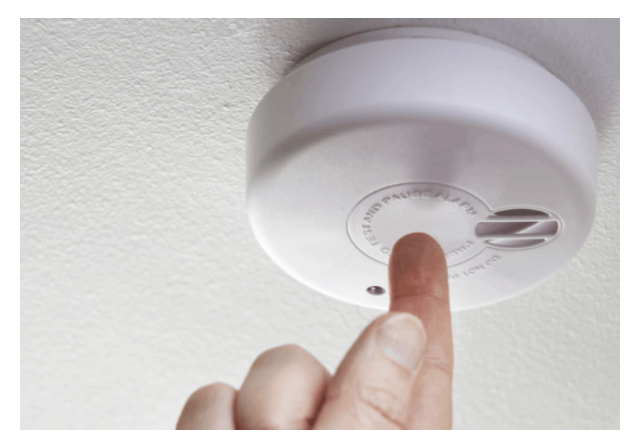People living in social housing will be safer in their homes now due to new rules, which means smoke alarms must be fitted in all rented accommodation. Carbon monoxide alarms much also be fitted in properties with gas boilers or fires.
This new law was announced on 23rd November and is a much welcomed development. Around 20 people a year in the UK die as a result of Carbon Monoxide poisoning and many more in fires. This new ruling will mean lives will be saved.
Eddie Hughes MP, Minister for Rough Sleeping and Housing, said:
“I’m proud that the new rules being proposed will ensure even more homes are fitted with life-saving alarms. Whether you own your home, are privately renting or in social housing – everyone deserves to feel safe and this is an incredibly important step in protecting those at risk.”
Landlords will be required to replace faults alarms, although it will be the residents’ responsibility to test them.

Common Sources of Carbon Monoxide:
- Furnaces
- Water Heaters
- Dryers
- BBQs
- Stoves
- Cars
- Gas fires
- Cookers
- Central heating systems
Avoiding The Carbon Monoxide Risk – Being Proactive:
Alarms are there to detect when there is a problem. However, being proactive is a much better option. Look for clues that your home may be at risk:
.
- Look for stains, soot or discolouration on (or around) your boiler, fire or water heater
- Make sure there are no blockages in your chimney or flue
- Keep the air vents in your doors, walls and windows clear
- Check the pilot light on your boiler (and any other gas flames that normally burn blue). If the flame is yellow or orange, you might have a carbon monoxide leak
Know The Signs of Carbon Monoxide Positioning:
.
- Dull headache
- Weakness
- Dizziness
- Nausea or vomiting
- Shortness of breath
- Confusion
- Blurred vision
- Loss of consciousness
Eight safety tips for your fire alarm:
.
- One smoke alarm isn’t enough, you need at least two.
- Make sure any alarms you buy are marked with a current British Standards or European (CE) safety mark.
- A smoke alarm should be fitted on a ceiling or high up on a wall.
- If there is a fire risk in a room, that room should have a fire alarm.
- Always read the instructions when using a new system.
- Only screw into the ceiling/wall. Sticking on with glue can damage the alarm, and make it really difficult to take off (for cleaning, changing battery).
- Fit a heat alarm in the kitchen, not a smoke alarm, as cooking etc will constantly set the smoke alarm off.
- Opt for a smoke alarm with a 10 year or long-lasting sealed battery.








